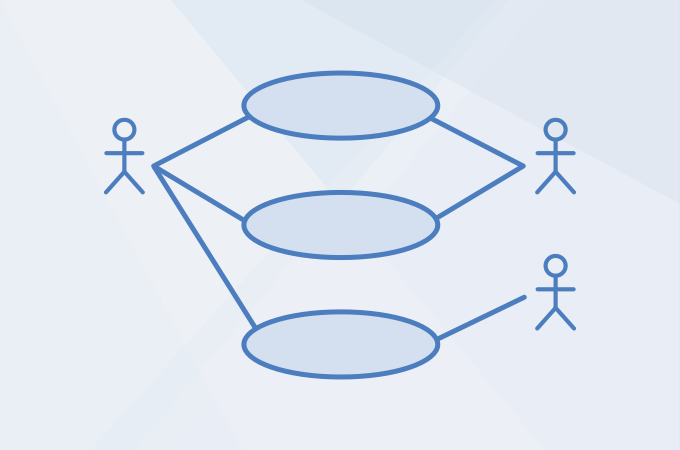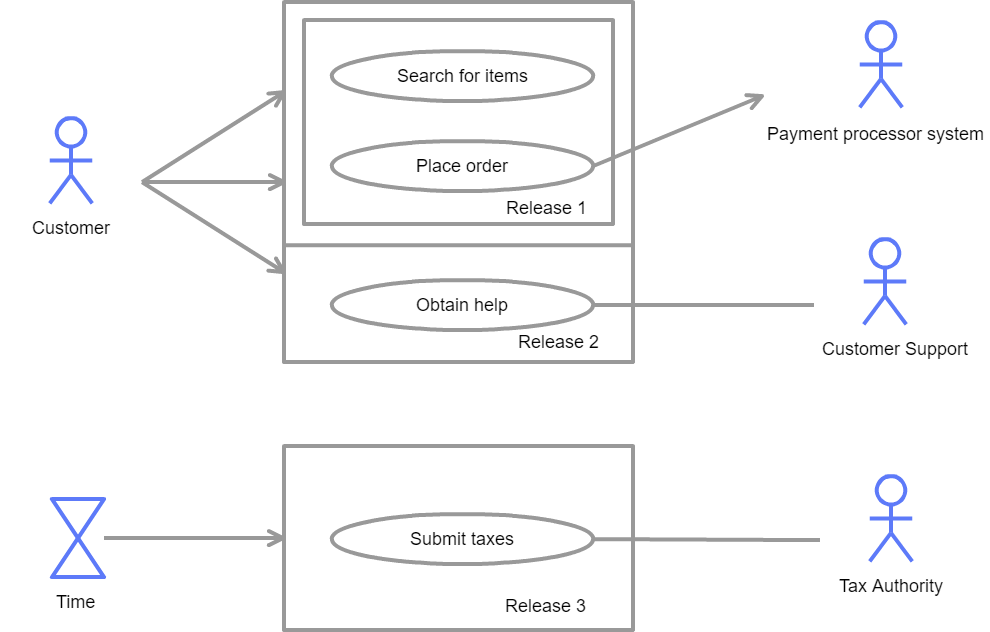What Is Use Case Diagram In Software Engineering
How a use case diagram can benefit any process—and how to create one
· Mar 14, 2018 · 4 min read

When using Unified Modeling Language (UML), a use case diagram helps you understand how a user might interact with the system you've engineered. And in the end, it should help your team define and organize requirements. But use case diagrams can also be used outside of software engineering, with a few adjustments, to represent any system in which actors are working to accomplish a goal.
Like many diagrams and layouts, you'll want to keep your details minimal. UML use case diagrams are not about providing an in-depth look at each element of your system. Instead, they represent a high-level overview of how use cases, actors, and your system relate.
In truth, a well-designed UML use case diagram can help just about any situation where you want to clarify the relationships of a system. Here's how to create a use case diagram for your needs.
When (not) to use a use case diagram
Don't use a use case diagram if you want to lay out step-by-step details. These diagrams are meant to summarize interactions, not explain them.
For example, your diagram can show a user's experience purchasing a product without detailing every element contained on each web page they visit. It can show all the possible outcomes a user could run into—from sale to credit card rejection—without giving an in-depth look at each form completed by the user.
Ideal scenarios for creating a use case would include:
- Detailing user interaction goals with a product
- Outlining and ensuring the requirements of a system
- Determining the specific needs of a project
- Modeling the basic flow of events in a use case
If you'd like to create a simple visualization of how a process works from a high-level, chances are a use case diagram could be incredibly helpful to you and your team. If you want a step-by-step guide, chances are there's another great diagram out there you could be using.
What to include when creating a use case diagram
As is the case with flowcharts, wireframes, and numerous other visual guides in the field, UML use case diagrams are most effective when kept minimalistic. Save those fancy graphic design skills you've been wanting to show off for other parts of your project.
Your diagrams will always work with the same three components:
- Actors. Actors represent who- or whatever is interacting with your system. An actor could be a person, a business, a group, or something else. Anything can be an actor as long they exist outside of the system and interact with said system in some way.
- Systems. Referred to by some as a 'scenario,' your system is made up of a series of actions and interactions made by your actors.
- Goals. Your goals are the outcome of an actor's interactions with the system. In some cases, your system will lead to multiple outcomes, while others have one direct outcome. If you notice incomplete or difficult steps to reach a goal, consider revising your process before going forward.
Using a few key symbols, you'll lay out the above components. Actors are most commonly represented by stick figures. Your use cases will be horizontal ovals with a few words of text inside describing each action; you can use different colors to denote goals. Solid and dotted lines are the associations that show the relationships between components. System boundary boxes are rectangles that group each series of use cases within a system. And packages can group elements; they are represented as file folders.

Depending on your goals and process, your UML use case diagram may not include every component. And the number of components you use will change. Regardless, ensure that these are the only elements you include in your use case diagram.
Expanding your use of use case diagrams
It may seem hyperbolic, but use case diagrams benefit just about any process. For businesses, they serve as a simplified overview of your system. For individuals, they can help you clarify and streamline any process you follow in your life. As long as your diagram has the correct symbols and characters, it will help you think through all possible actions and outcomes.
Collaborate on ideas to align your team's vision in Cacoo
- modeling
- process design & improvement
Cacoo Cacoo is your friendly, neighborhood diagramming app. Since 2009, Cacoo has been helping individuals and teams visualize their ideas with ease. Today, over 2 million users around the world depend on Cacoo to bring their ideas to life.
Posted by: lenlenfossere0268313.blogspot.com
Source: https://cacoo.com/blog/how-a-use-case-diagram-can-benefit-any-process-and-how-to-create-one/
Post a Comment for "What Is Use Case Diagram In Software Engineering"